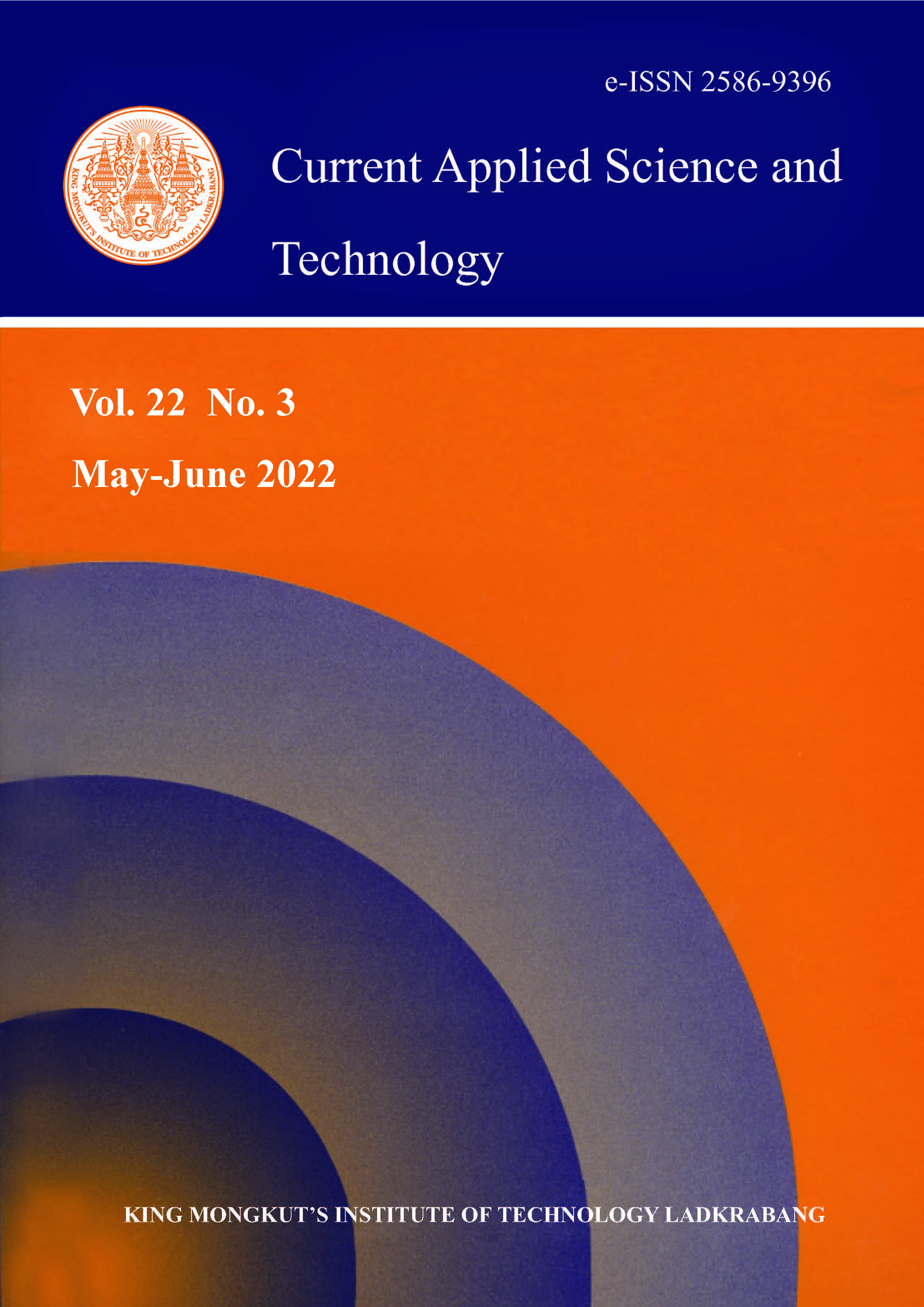This study aimed to investigate the water and sediment quality of a cockle culture area in the Upper Gulf of Thailand. Samples were collected from 26 stations for 6 months during October 2018 to March 2019. The results for water quality were as follows: salinity was an average of 12.88-23.81 psu; temperature 25.95-30.85oC; DO 3.42-6.34 mg/l; pH 7.38-7.74; TSS 39.24-197.38 mg/l; ammonium-nitrogen 0.38-8.16 μg-N/l; nitrite-nitrogen 0.29-1.19 μg-N/l; nitrate-nitrogen 0.09-0.44 mg-N/l; phosphate-phosphorus 0.01-0.36 mg-P/l; and chlorophyll a 9.19-21.92 μg/l. The results for sediment quality were as follows: clay texture; percentage of sediment particles smaller than 0.06 mm was 48.33 to 71.91%; pH 6.49 to 7.17; salinity 4.58 to 12.35 psu; water content 63.55 to 69.14%; and organic matter (OM) 3.93 to 4.54%. The seawater quality in the Upper Gulf of Thailand did not meet the requirements of Standard Class 3 (seawater quality standard for aquaculture). Overall, the results demonstrated that the deterioration of water and sediment quality in the Upper Gulf of Thailand mostly occurred in the wet season (October). Therefore, farmers should learn how to monitor water quality during the wet season. Our findings can help the cockle production industry to grow efficiently and sustainably.
Keywords: water quality; sediment quality; Upper Gulf of Thailand
*Corresponding author: Tel.: (+66) 830931715
E-mail: scchayarat@bsru.ac.th
Srisunont, T. undefined. ., & Srisunont*, C. undefined. . (2021). Water Quality and Sediment Quality of Cockle Culture Area in the Upper Gulf of Thailand. CURRENT APPLIED SCIENCE AND TECHNOLOGY, DOI: 10.55003/cast.2022.03.22.003 (20 pages). https://doi.org/10.55003/cast.2022.03.22.003

https://cast.kmitl.ac.th/doi/10.55003/cast.2022.03.22.003